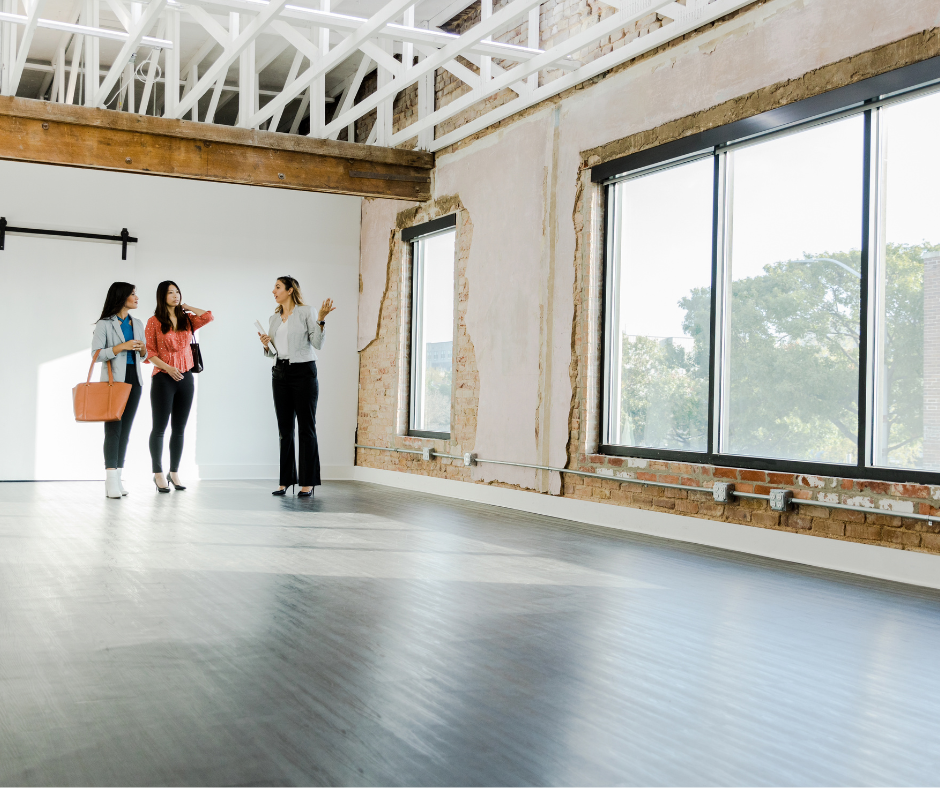In recent years, the commercial real estate landscape has undergone a seismic shift, driven by economic factors, technological advancements, and the lingering effects of the COVID-19 pandemic. The rise of remote working and e-commerce has had a significant impact on the demand for commercial space, with many business districts facing an uptick in vacancies. This has led property owners to explore alternative uses for their commercial assets, and one increasingly popular strategy is the conversion of commercial properties to residential spaces.
While the conversion of commercial buildings to residential use offers a myriad of opportunities, there are equally significant challenges and obstacles that experienced commercial real estate brokers, developers, and investors must navigate to realize these transformational projects successfully.
Zoning and Land Use Regulations
The primary and most immediate challenge is zoning laws. Commercial properties are usually located in areas zoned specifically for commercial or mixed-use purposes. A change in use requires a rezoning application, a process that can be long, tedious, and fraught with community opposition.
Local government zoning boards often require extensive documentation and studies, including traffic impact assessments, environmental impact studies, and public consultations. Developers and investors must be prepared to make a compelling case, which involves time, money, and an understanding of local politics.
Financing Issues
Securing the necessary funding for a conversion project is another formidable obstacle. Since converting a commercial property to residential use is often a complex and expensive undertaking, financial institutions are cautious. Lenders may demand a higher level of due diligence, additional collateral, or impose stricter loan-to-value ratios. Investors must also consider the cash flow interruption, especially if the property already has commercial tenants.
Structural Limitations
Many commercial buildings were not designed for residential living, so structural changes will likely be necessary. For example, commercial spaces often have larger floor plates and lack the plumbing and electrical systems needed for individual residential units. Costs can skyrocket as developers modify the structure, which may also involve complying with updated building codes for residential properties, including those related to fire safety and accessibility.
Cost of Renovation
Commercial buildings may contain materials or systems that are either outdated or not up to the current residential codes. Asbestos removal, updates to HVAC systems, or other structural renovations can add significantly to the project’s cost. Even aesthetic updates, such as converting an open office layout to multiple residential units with privacy, can be both costly and time-consuming.
Market Dynamics
Understanding the local residential market is crucial to the conversion’s success. Thorough market research must be conducted to assess the demand for residential units in the area, the type of demographic that would be attracted to such units, and the rent or sale prices that can be achieved. A miscalculation can turn a seemingly promising project into a financial burden.
Tenant Relocation
If the commercial property is not vacant, the existing tenants must be relocated, which can be both expensive and legally challenging. Tenant relocation must be executed carefully, with attention to contractual obligations and potential penalties for early lease termination.
Neighborhood Impact
Converting a commercial property to residential can also have a significant impact on the surrounding area. For example, it might cause a decline in foot traffic that other local businesses rely on, or conversely, the influx of residents may strain local amenities and infrastructure like schools, public transport, and parks.
Cultural and Historical Considerations
Properties of historical or architectural significance – a frequent occurrence here in the Boston area – may face additional limitations or requirements. There may be restrictions on the changes that can be made to the building’s exterior or interior, thus complicating the conversion process.
Public Opinion and Community Resistance
Residents and local business owners might oppose the conversion due to fears of increased traffic, loss of local amenities, or changes in the neighborhood’s character. Public meetings or consultations may be required, and opposition could result in project delays or increased costs to address community concerns.
But… It Can Be Done
Converting commercial properties to residential use is an appealing strategy for repositioning underperforming assets, especially in the face of changing work habits and commercial market dynamics. However, such conversions come with challenges and require an in-depth understanding of zoning laws, financing complexities, and market dynamics.
A successful conversion necessitates a multi-disciplinary approach involving architects, engineers, legal experts, and of course, experienced commercial real estate brokers who can navigate these complex transactions. Thorough due diligence, proactive community engagement, and meticulous planning are crucial elements that can help mitigate risks and pave the way for a successful conversion project.
Given the intricate landscape of such conversions, real estate professionals play a vital role in bridging gaps, providing insights, and steering these challenging projects toward profitability and success. Which is why you should trust your real estate strategy to the professionals of the Jay Nuss Realty Group. Contact us at 781.848.9400 to discuss options for converting a commercial property to more lucrative residential space.

